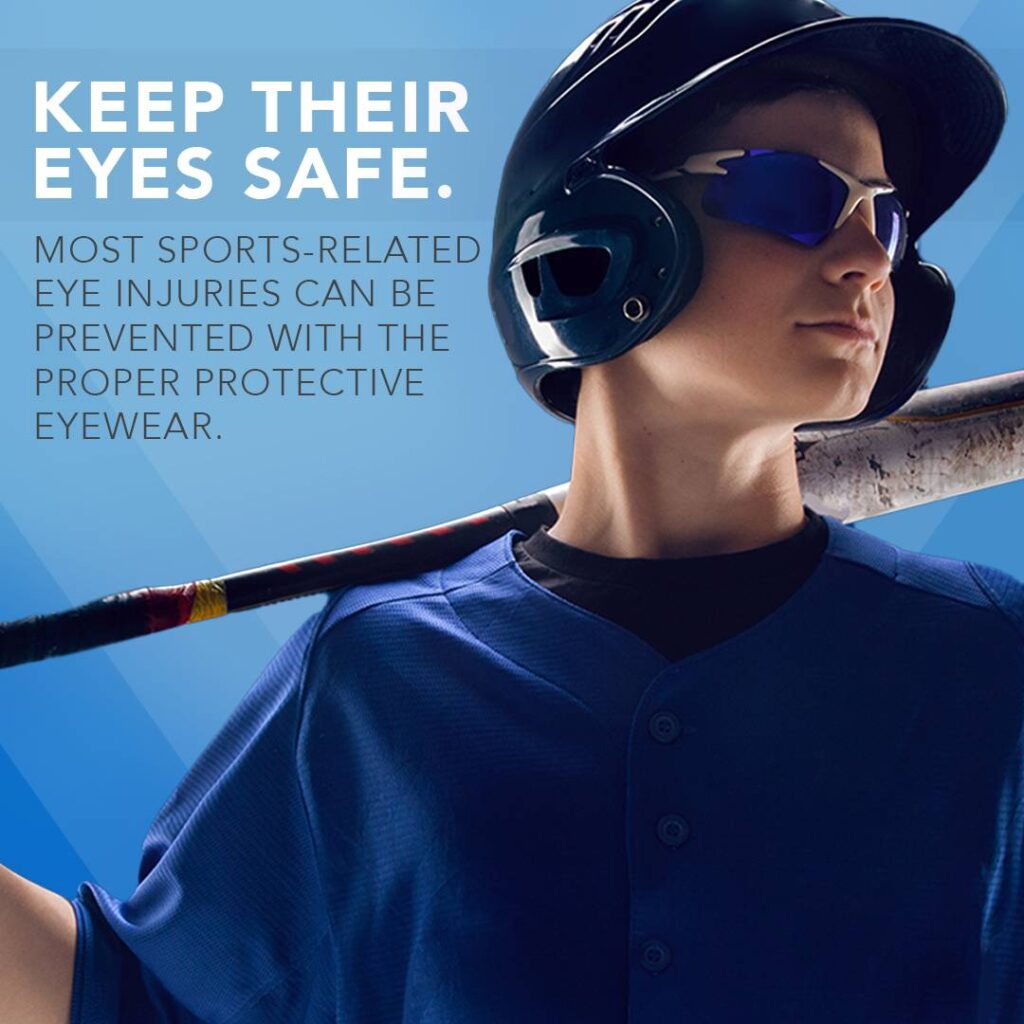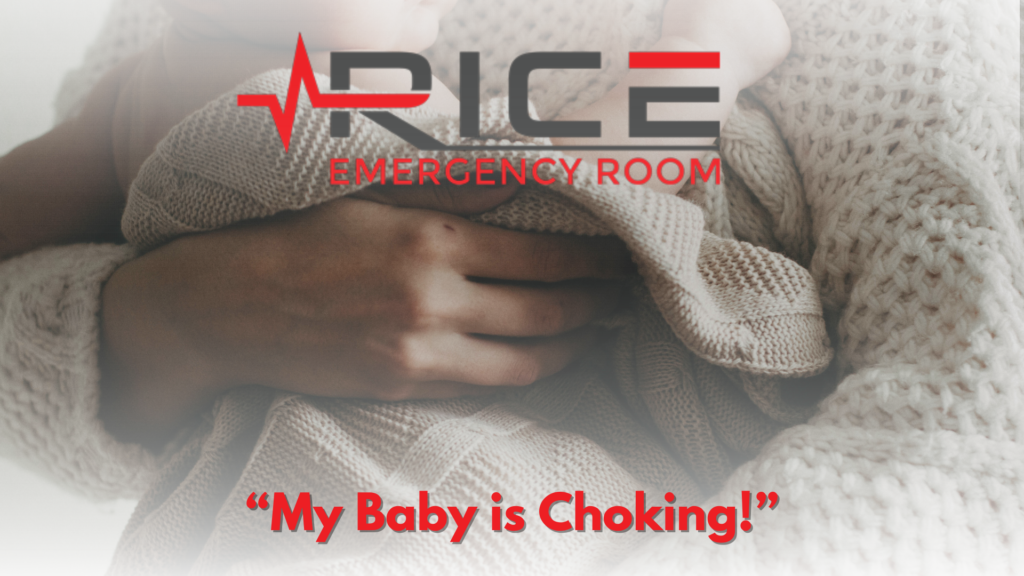Sports eye safety is observed each year to remind parents about the importance of protecting the eyes of children who play sports. Some sports eye injuries can cause permanent damage. Many people don’t realize that eye injuries that happen when playing sports can often be quite serious. It is essential to focus on the importance of protecting your eyes when participating in sports and other activities. Many of these injuries can be prevented if the athletes wear proper safety gear.
More than 25,000 people who suffer eye injuries while playing sports each year seek medical attention. We must safeguard our eyes regardless of age or sport. Eye injuries are more likely to occur in some sports than others. Sports like softball and baseball, basketball, fencing, hockey, mountain biking, and paintball have a high risk of eye injuries.
Sports having a moderate risk of eye injuries include racquetball, squash, badminton, golf, soccer, and tennis. And low-risk sports for eye injuries include diving, gymnastics, swimming, skiing, and track and field. (Prevent Blindness)
Sports Eye Safety: What Parents and Teachers Should Know
Most eye injuries that occur in children while participating in sports are the most significant cause of childhood blindness in the United States. The good news is that 9 out of 10 sports-related eye injuries can be avoided by using the proper protective eyewear.
Protective eyewear is eyewear made of highly durable polycarbonate, a form of plastic that shields the eyes from ultraviolet (UV) rays and is exceptionally impact resistant. Safety goggles, face guards, and specialized eyewear created for particular sports are examples of protective eyewear for sports. Children cannot be protected from eye injuries by regular eyeglasses, sunglasses, or contacts. Most protective eyewear should be customized to fit children’s prescriptions for contacts or glasses. Children who have contacts or ordinary glasses can also wear safety goggles. (National Eye Institute)

For many sports, specific forms of protective eyewear work well. Children need helmets with attached polycarbonate faces to protect their eyes when participating in certain sports, such as softball and baseball (when fielding), basketball, riding a mountain bike, squash, and racquetball protectors or face masks.
Children should use helmets with attached polycarbonate faceguards or face masks for softball and baseball (when batting), hockey, and tackle football. Swim safety goggles with polycarbonate lenses are necessary for kids participating in water activities such as surfing, water polo, and water skiing or tubing. For particular positions, such as goaltender, in sports like fencing, lacrosse, and paintball, children may need different types of eye and face protection. (National Eye Institute) Be sure to research PPE meant for a specific sport to create the right kind of protection.
When to go to the ER for an Eye Injury
In the case of a black eye, if you see blood in your eye, seek emergency care right away. You could have a scratched cornea if you get hit or poked in the eye. Symptoms, such as pain, tearing, and the feeling that something’s stuck in your eye might not develop for a few hours after the incident.
A scratched cornea is easy to diagnose and usually heals quickly when adequately treated. If symptoms persist, you’ll need to see an ophthalmologist. You should seek emergency medical assistance if you abruptly lose vision in one or both of your eyes, have blind spots, tunnel vision, double vision, or other visual distortions. (Collier, 2021)
Sports eye safety is important and injuries are a severe problem that can result in permanent vision loss. Every year, thousands of people suffer needlessly from eye injuries that could have been prevented if they had worn the proper safety gear. If you participate in any sport or activity that could put your eyes at risk, wear protective eyewear. This will help reduce your risk of suffering a serious injury.
Works Cited
“Sports and Eye Safety: Tips for Parents and Teachers.” National Eye Institute, U.S. Department of Health and Human Services, www.nei.nih.gov/learn-about-eye-health/healthy-vision/sports-and-eye-safety-tips-parents-and-teachers#:~:text=Eye%20injuries%20are%20a%20leading,10%20sports%2Drelated%20eye%20injuries.
“Sports Eye Safety.” Prevent Blindness, 25 Aug. 2021, preventblindness.org/sports-eye-safety/.
Collier, Lorna. “What to Do for Eye Emergencies.” Healthgrades, Healthgrades, 21 Mar. 2021, www.healthgrades.com/right-care/eye-health/what-to-do-for-eye-emergencies.



